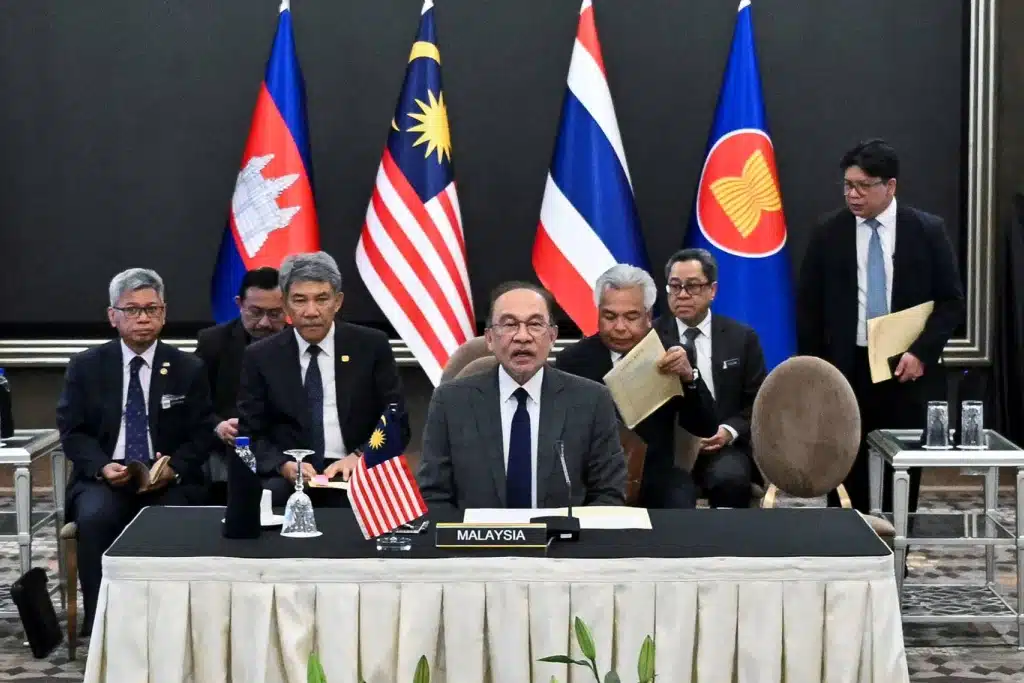Monday, July 28, 2025 — Cambodia and Thailand have agreed to a formal ceasefire to end a five-day border conflict that killed at least 35 people and displaced thousands. The announcement came after high-stakes negotiations hosted in Kuala Lumpur, signaling a hopeful pause in a long-standing territorial dispute.
The truce is set to begin at midnight, as confirmed by officials from both governments. It follows mounting international pressure from global powers, including direct intervention by U.S. President Donald Trump, and diplomatic support from China and ASEAN member nations.
What Sparked the Conflict?
The clash is the latest chapter in a decades-old territorial dispute between Cambodia and Thailand, particularly over the Preah Vihear Temple, a UNESCO World Heritage Site sitting atop a cliff along the border. Although the International Court of Justice ruled in 1962 and again in 2013 that the temple belongs to Cambodia, Thailand has never fully accepted the verdict.
Tensions reignited when:
- A Cambodian soldier was shot dead near the border in May
- A landmine blast last week killed five Thai soldiers
- Both sides exchanged artillery and rocket fire in retaliation
The situation escalated further after a controversial phone call between Thailand’s Prime Minister Paetongtarn Shinawatra and Cambodia’s former Prime Minister Hun Sen was leaked, causing uproar within Thailand and leading to Shinawatra’s political suspension.
Ceasefire Talks in Malaysia
The peace negotiations, facilitated by Malaysian Prime Minister Anwar Ibrahim, brought together leaders from both countries over the weekend. The result: a mutual agreement to halt military actions and begin diplomatic coordination between commanders starting Tuesday.
Key points from the agreement:
- Immediate cessation of hostilities starting midnight
- Bilateral military meeting to follow the ceasefire
- Commitment to rebuild trust and establish communication channels
Cambodia’s Prime Minister Hun Manet acknowledged the support from both China and the U.S., praising their efforts to bring peace. Thailand’s interim leader Phumtham Wechayachai also emphasized Thailand’s “good faith” in resolving the conflict.
Global Stakes: Why the World Is Watching
The Cambodia-Thailand conflict is about more than just national borders — it’s a geopolitical test of influence in Southeast Asia.
- The U.S. maintains a strategic military alliance with Thailand
- China is Cambodia’s largest investor and arms supplier
- Both superpowers are vying for influence over the region
With the South China Sea tensions ongoing and trade routes crossing the region, stability between Thailand and Cambodia is essential for regional peace and economic flow.
What Comes Next?
While the ceasefire is a positive development, experts caution that it may only be a temporary fix if deeper issues remain unresolved:
- Nationalist sentiment in both countries runs high
- Military and political leadership remain under scrutiny
- Previous ceasefires have broken down under similar conditions
Upcoming discussions between both armies will be critical. International observers are hopeful that the involvement of neutral ASEAN leaders and pressure from economic powers will push both sides toward a lasting diplomatic solution.
Stay Informed
📌 For continuous updates, visit your favorite international news outlet.
📎 Also trending on npr— tap to view full report.
Final Thought
This ceasefire isn’t just about two countries laying down arms — it’s a moment of regional recalibration, where global interests, historical grievances, and political ambition collide. How both nations manage the next 72 hours will determine whether peace holds or tensions reignite.
For More Latest News and Information Visit Now! Digitalnewsalerts.


